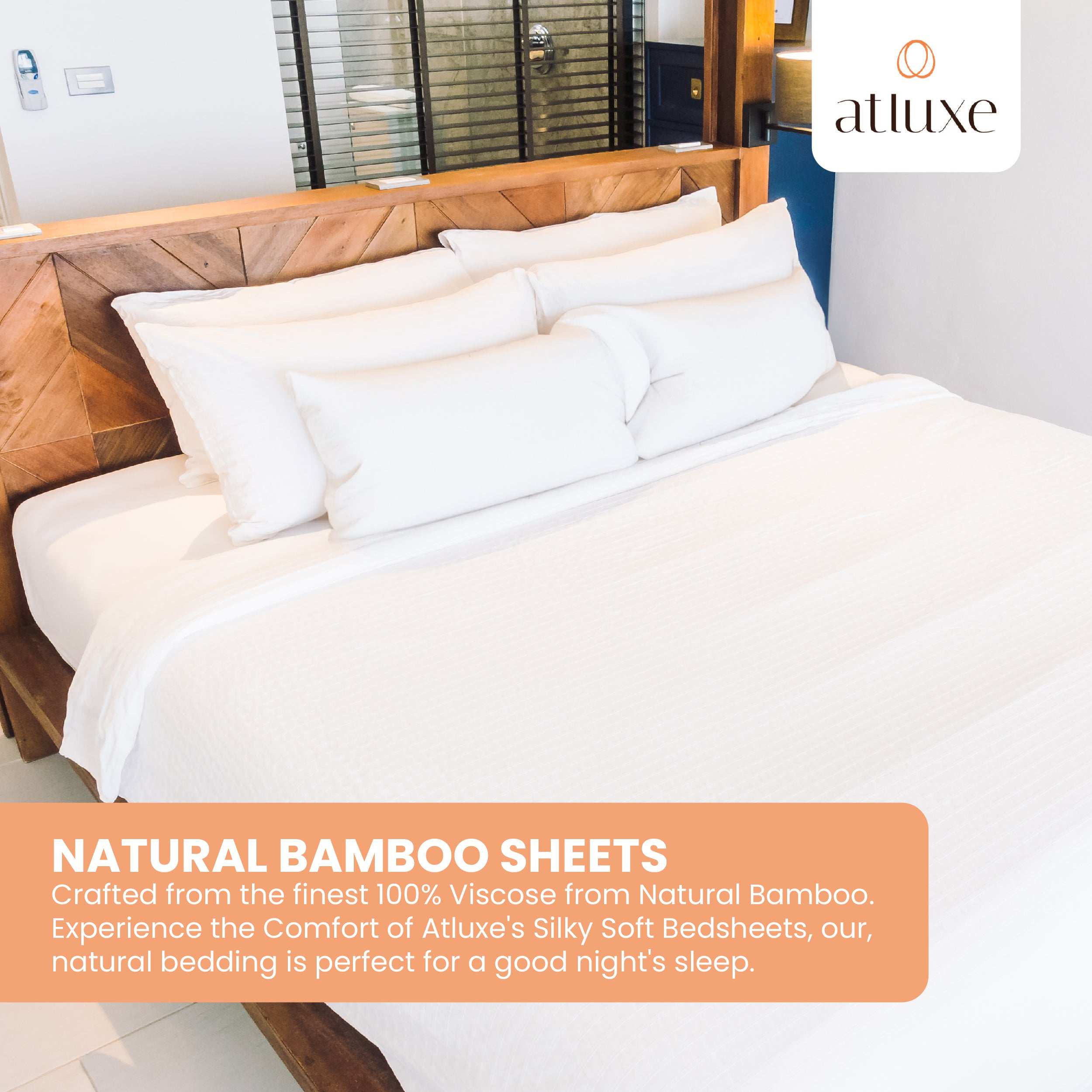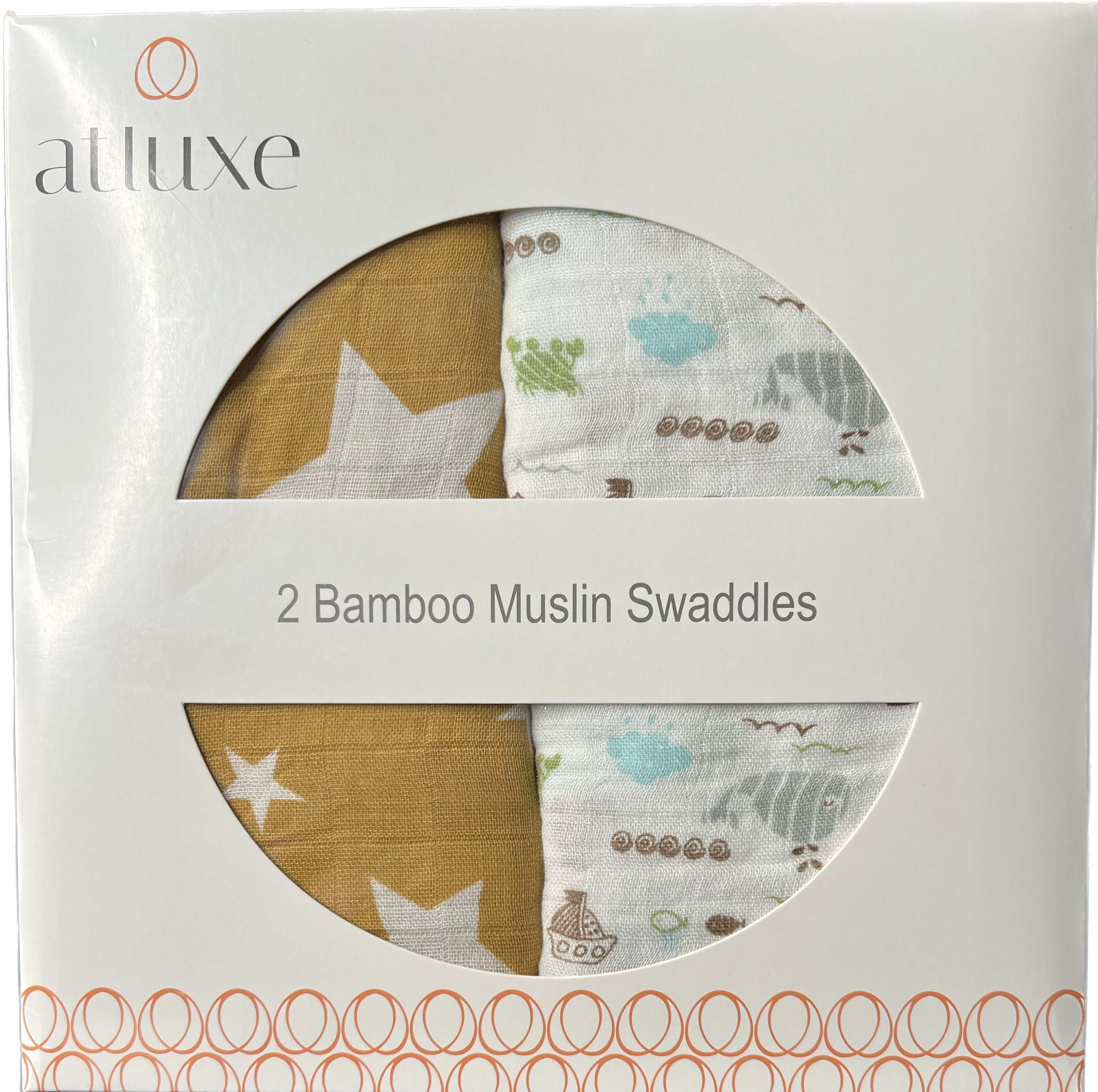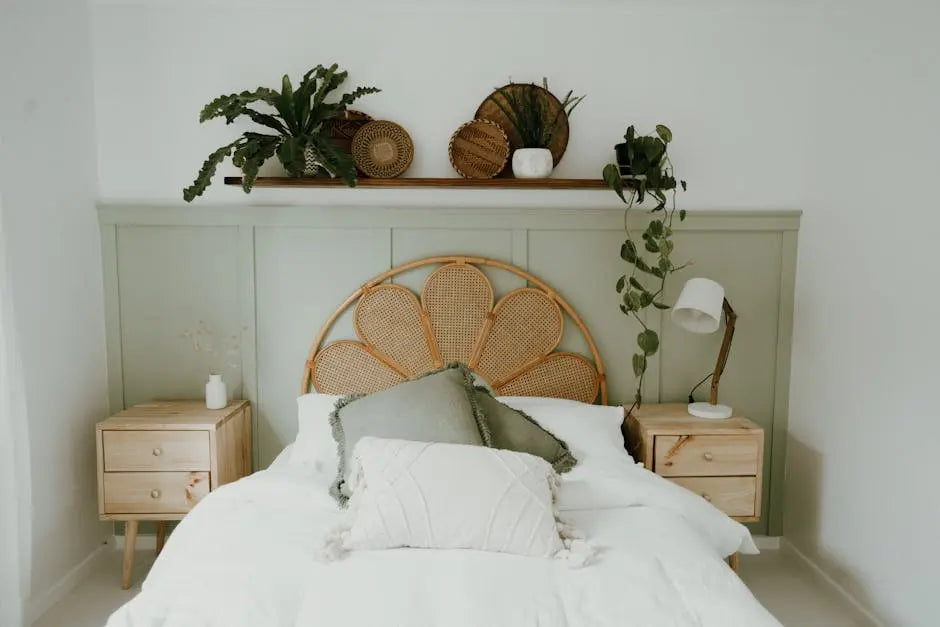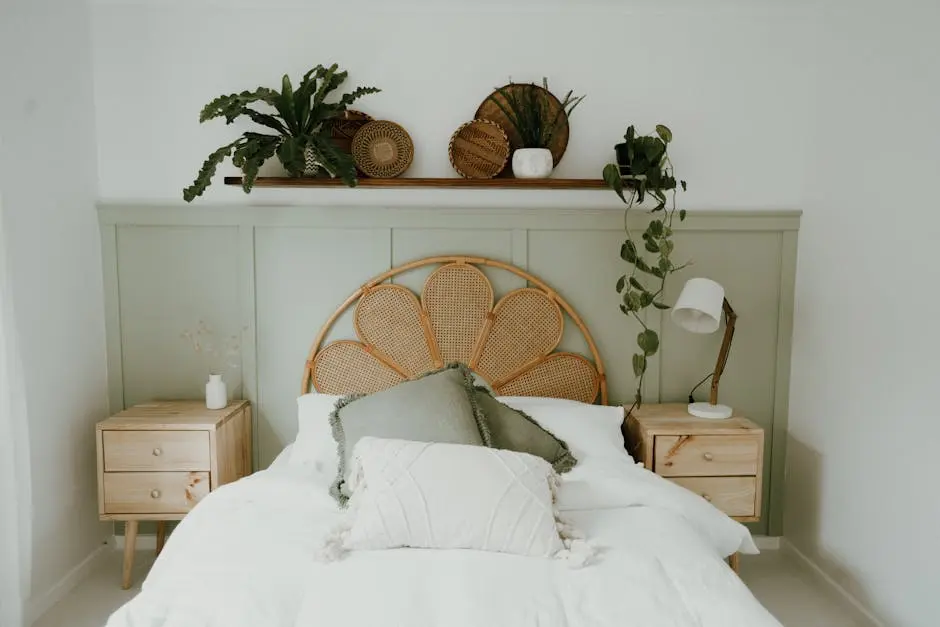Sustainable bedding is an excellent choice for those looking to reduce their environmental impact while still enjoying comfort and style in their sleep. But what exactly goes into these eco-friendly products? In this blog, we’ll explore the various materials that make up sustainable bedding and highlight their benefits for both you and the planet.
Step 1: Understanding Organic Cotton
Discover the benefits of organic cotton, including its chemical-free farming practices and softness that make it a popular choice for bedding.
Unlike conventional cotton, organic cotton is grown without harmful pesticides or synthetic fertilizers. This method not only protects the earth but also ensures that your bedding is free from toxic residues, which can be particularly important for those with sensitive skin.
Moreover, organic cotton farming supports biodiversity and improves soil health. The practices used in organic farming promote healthier ecosystems, making it a guilt-free choice for environmentally conscious consumers.
Another notable aspect of organic cotton is its breathability. This allows for better temperature regulation, ensuring a comfortable night’s sleep without overheating. It’s soft, durable, and feels great against your skin.
Step 2: Exploring Tencel and Lyocell
Learn about Tencel, a fiber made from sustainably sourced wood pulp, known for its moisture-wicking properties and minimal environmental impact.
The production process of Tencel is a closed-loop system, meaning that the solvents used are recycled and reused, reducing waste significantly. This innovative method is just one reason Tencel is lauded as a sustainable fabric choice.
Additionally, Tencel is incredibly soft and silky to the touch, making it a luxurious option for bedding. It’s also hypoallergenic, making it suitable for allergy sufferers. The comfort it offers is unrivaled—it drapes beautifully and feels gentle against the skin.
One of the standout features of Tencel is its ability to regulate moisture, which helps to keep you comfortably dry throughout the night. This property can significantly enhance your sleep quality, especially if you’re prone to night sweats.
Step 3: Considering Bamboo Fabric
Find out how bamboo transforms into a soft, breathable fabric and its natural antibacterial properties, making it an ideal choice for bedding.
The process of creating bamboo fabric involves breaking down the bamboo plant into a pulp, which is then spun into fibers. This sustainable method uses less water compared to traditional fiber production, making bamboo not only eco-friendly but also resource-efficient.
Additionally, bamboo fabric is incredibly soft and luxurious, often compared to silk. It also offers excellent breathability and moisture-wicking properties, ensuring that you stay cool and comfortable during sleep.
What’s more, bamboo bedding is naturally resistant to dust mites and bacteria. This makes it a great option for allergy sufferers. Furthermore, the production of bamboo has a minimal environmental footprint, as it requires no pesticides and grows quickly.
Step 4: The Role of Recycled Materials
Understand the importance of recycled materials in sustainable bedding, including how reusing fibers helps reduce waste and conserve resources.
Using recycled materials is a crucial step in the movement towards sustainability. By transforming discarded textiles into new fabric, we can significantly reduce the volume of textiles that end up in landfills each year.
Recycled fibers can come from a variety of sources, including plastic bottles and used garments. This not only helps divert waste but also reduces the need for virgin materials and the energy consumption associated with producing new fibers.
Moreover, bedding made from recycled materials often has a unique texture and style, appealing to consumers who appreciate sustainability without sacrificing aesthetic. The versatility and creativity in design are truly remarkable.
Embrace Sustainable Sleep
Choosing sustainable bedding not only enhances your sleep experience but also contributes to a healthier planet. With options ranging from organic cotton to bamboo, there’s a material for everyone. By making informed choices about the fabrics we use, we can create a more sustainable future.







Leave a comment